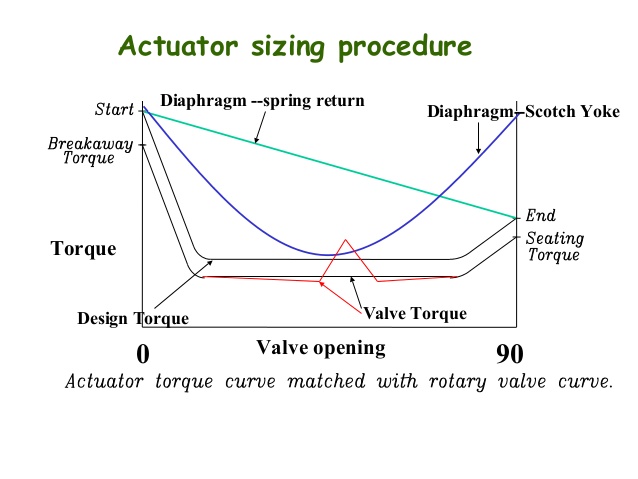Multiple Choice Questions (MCQ) with Answer on Arc Welding(PDF)
Multiple Choice Questions (MCQ) on Arc Welding Question with Answer for Electrical and Mechanical Engineers
1) For a good weld,
a. Cross – section of the added metal should be small and oxidation should be minimum
b. Cross – section of the added metal should be small and oxidation should be maximum
c. Cross – section of the added metal should be large and oxidation should be minimum
d. Cross – section of the added metal should be large and oxidation should be maximum
ANSWER: Cross – section of the added metal should be small and oxidation should be minimum
2) The advantage of rectifier type welding set is
a. Reduced no – load losses
b. Easy arc starting
c. Less hazardous
d. Both (a) and (b)
ANSWER: Both (a) and (b)
3) The voltage – current characteristics of the arc welding must be
a. Exponentially rising
b. Drooping
c. Straight line
d. Parabolic
ANSWER: Drooping
4) An ac timer circuit is used to control the number of cycles for which the power may be supplied to the weld. In this, the time required for the voltage to fall by a given amount is
a. Directly proportional to the resistor
b. Directly proportional to the capacity of the condenser
c. Directly proportional to the inductor
d. Only (a) and (b)
ANSWER: Only (a) and (b)
5) Non – consumable electrodes are made of
a. Carbon
b. Graphite
c. Either carbon or graphite
d. Same material as the metal pieces to be welded
ANSWER: Either carbon or graphite
6) Advantage of using electron beam welding is / are
a. Welds are clean
b. Absence of porosity
c. Distortion less
d. All of these
ANSWER: All of these
7) In inert gas metal arc welding,
a. Argon is used for welding thin materials and helium is used for welding thick materials
b. Both argon and helium are used for welding thin materials
c. Both argon and helium are used for welding thick materials
ANSWER: Argon is used for welding thin materials and helium is used for welding thick materials
8) The electrodes used in carbon arc welding are made up of
a. Carbon
b. Graphite
c. Either carbon or graphite
d. Zinc
ANSWER: Either carbon or graphite
9) In metal arc welding, the filler material required is
a. Iron
b. Copper
c. Aluminium
d. No filler is required
ANSWER: No filler is required
10) Arc welding is also known as
a. Pressure welding
b. Plastic welding
c. Non – pressure welding
d. None of these
ANSWER: Non – pressure welding
11. In a hot chamber die casting machine
(A) Ferrous alloys with low melting temperature are casted
(B) Ferrous alloys with high melting temperature are casted
(C) Nonferrous alloys with low melting temperature are casted (Answer)
(D) Nonferrous alloys with high melting temperature are casted
12. A pattern maker’s shrinkage rule considers
(A) All pattern allowances
(B) Only shrinkage allowance (Answer)
)
(C) All materials to be cast
(D) All materials of the pattern
13. Tandem drawing of wires and tubes is necessary because
(A) It is not possible to reduce at one stage
(B) Annealing is needed between stages (Answer)
(C) Accuracy in dimensions is not possible otherwise
(D) Surface finish improves after every drawing stage
14. Seam welding is a
(A) Continuous spot welding process (Answer)
(B) Multi-spot welding process
(C) Arc welding process
(D) Process used for joining round bars
15. The recrystallisation temperature of steel is
(A) 400°C
(B) 600°C
(C) 800°C (Answer)
(D) None of these
16. When a pattern is made in three parts, the top part, is known as a
(A) Drag
(B) Cheek
(C) Cope (Answer)
(D) None of these
17. The temperature of the inner luminous cone of neutral flame is about
(A) 1000°C
(B) 1250°C
(C) 2100°C
(D) 3200°C (Answer)
18. The welding process used to join the ends of two pipes of uniform cross-section, is
(A) Spot welding
(B) Seam welding
(C) Projection welding
(D) Upset butt welding (Answer)
19. The fullers are used
(A) For finishing flat surfaces
(B) For necking down a piece of work
(C) For punching a hole
(D) To finish the punched hole (Answer)
20. In a compound die
(A) Only one operation is performed at each stroke of the ram
(B) Two or more operations are performed simultaneously at the single stroke of the ram
(C) Two or more cutting operations are performed at one station of the press in every stroke of the ram (Answer)
(D) Both cutting and non-cutting operations are performed at one station of the press in every stroke of the ram
Download PDF
If you want to get each and every post, Just press your Keyboard (CTRL+D) to Bookmark our Website
Follow and Join our Facebook Group Page & Social Site to Get Update daily…
You Can Follow us Facebook Group Page Twitter Google Plus


